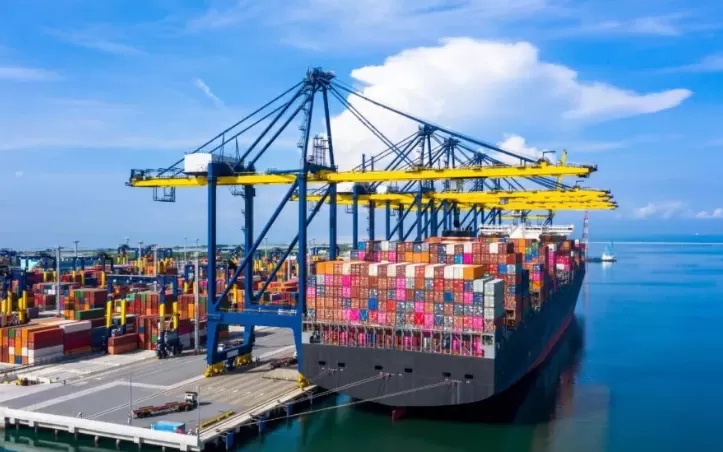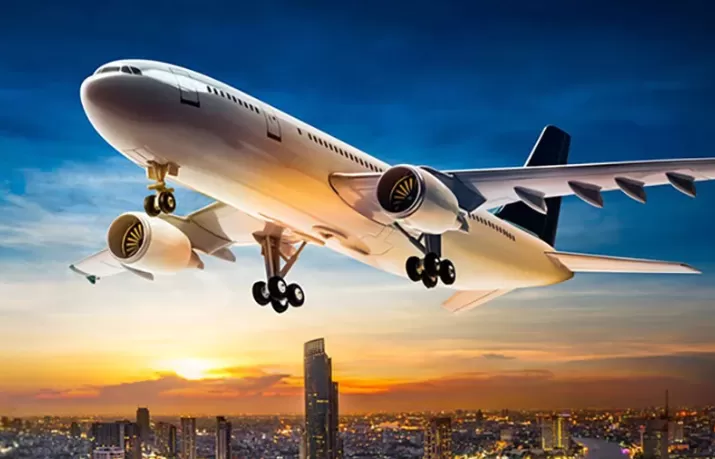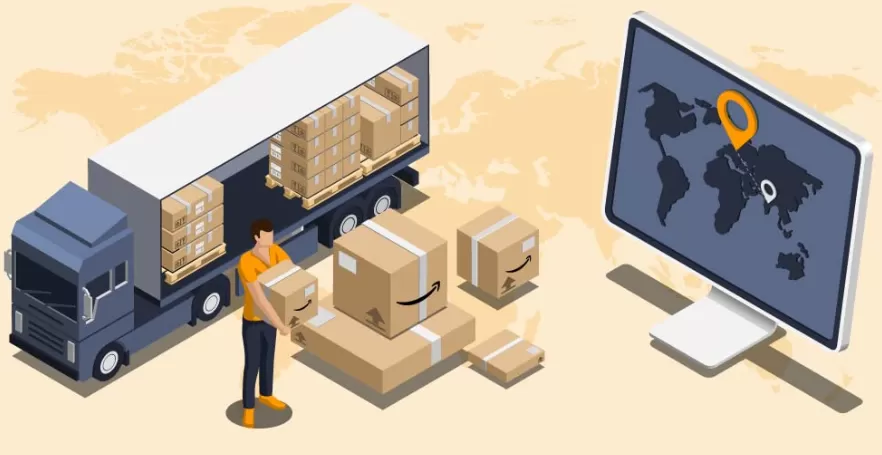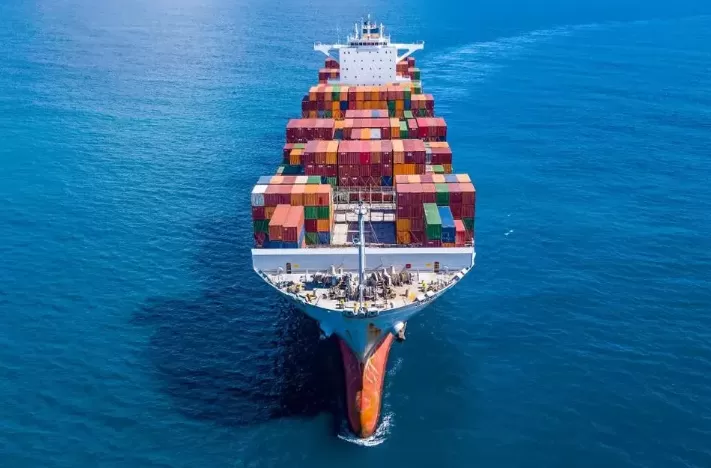If you’re shipping goods from China to Rome, you’re likely weighing a dozen options—and wondering which one balances speed, cost, and reliability. Here’s the reality: no single solution fits every business. But with the right information, you can make a decision that protects your margins and meets your deadlines.
In this guide, we’ll break down real-world pricing, transit times, and logistics strategies tailored specifically to the Rome route. No fluff, no vague claims—just actionable insights to help you ship smarter.
Are you ready?
Get real-time quotes for Rome
Get Quotes
Quick Shipping Options & Estimates at a Glance
Before we dive deep, here’s a snapshot of what shipping to Rome looks like today:
| Method |
Cargo Type |
Estimated Transit Time |
Estimated Cost |
Best For |
| Express |
10 kg |
3–5 days |
$120–$180 |
Samples, documents, urgent small items |
| Air Freight |
100 kg |
5–8 days |
$480–$700 |
Urgent stock, high-value goods |
| Air Freight |
200 kg |
5–8 days |
$850–$1,100 |
Mid-weight urgent cargo |
| Sea LCL |
1 CBM |
35–45 days |
$85–$130 |
Low-cost, non-urgent small shipments |
| Sea LCL |
5 CBM |
35–45 days |
$380–$550 |
Partial container loads |
| Sea FCL |
20' Container |
35–50 days |
$2,100–$3,400 |
Full container loads for businesses |
| Sea FCL |
40' Container |
35–50 days |
$2,900–$4,200 |
High-volume shipments |
| Rail Freight |
1 CBM+ |
25–35 days |
Between air and sea |
Balanced cost & time |
These are ballpark estimates. Your final quote will vary based on fuel costs, seasonality, and your specific cargo details.
Air Freight: When Speed Is Your Priority
Air freight is your go-to when deadlines are tight and inventory can’t wait. But not all air cargo is the same—especially when Rome’s Fiumicino Airport (FCO) is your entry point.
For 100 kg Shipments
At this weight, you’re often grouped with other consolidated cargo. You’ll pay:
Realistic timeline:
-
1–2 days: Collection in China
-
2–3 days: Flight + transits
-
1–2 days: Customs clearance at FCO
-
1 day: Final delivery in Rome
Pro tip: If your goods are time-sensitive but not ultra-urgent, ask about consolidated air services. They can shave 15–25% off your costs.
For 200 kg Shipments
Once you cross the 150 kg mark, per-kg rates usually drop. A 200 kg shipment often qualifies for dedicated space—which means more predictable scheduling.
Key advantage: You can often request specific flight routes to avoid congested hubs like Dubai or Frankfurt, which might delay your cargo.
Sea Freight: The Backbone of China-Rome Trade
Sea freight moves the majority of goods between China and Rome—and for good reason. It’s cost-effective, reliable, and scalable. But you need to understand your options.
When you book an FCL container, you’re paying for the entire unit—so it pays to fill it efficiently.
20' Container (20DV)
-
Ideal for: Dense goods, machinery, packed pallets
-
Capacity: ~28 CBM
-
Cost range: $2,100–$3,400 (door-to-door)
-
Rome-specific note: Containers typically arrive at Genoa or Livorno ports, then move by truck to Rome (add 1–2 days).
40' Container (40DV) & 40' High Cube (40HC)
-
40DV: ~58 CBM | 40HC: ~68 CBM
-
Perfect for: Light bulky items (e.g., furniture, home goods)
-
Cost insight: Although larger, the cost per CBM is often lower than a 20' container.
45'HC Containers
-
Not always available, but offer ~78 CBM
-
Best for: Extremely light, high-volume goods
LCL is the default choice for smaller shipments. Your goods share container space with other shippers.
How LCL pricing works:
-
You pay per CBM (cubic meter), with a minimum charge (often 1 CBM)
-
Example: 5 CBM from Shenzhen to Rome
-
Ocean freight: ~$75–100/CBM
-
Terminal fees: ~$40–60 (both ends)
-
Documentation & customs: ~$120–180
-
Rome delivery: ~$90–150
When to choose LCL:
China to Rome sea-air and sea-rail transport
Here’s where things get interesting. If you’re willing to get creative, you can often find a sweet spot between cost and speed.
Sea-Air via Dubai/Singapore:
-
Goods travel by sea to a hub, then fly to Rome
-
Saves 20–30% vs. pure air
-
Cuts 10–15 days vs. pure sea
Sea-Rail via China-Europe Block Trains:
Door-to-Door vs Port-to-Port: Which Should You Choose?
We recommend this for simplicity. Your supplier handles origin logistics, and your provider manages everything else—including customs clearance at both ends and final delivery in Rome.
What’s included:
Port-to-Port (For experienced shippers)
You handle everything before the Chinese port and after the Italian port. This can save money—but only if you have trusted partners at both ends.
Risk factor: Unexpected delays or fees at Genoa/Livorno can wipe out your savings.
If you’re an Amazon seller, you already know: compliance is everything. Here’s how to avoid common pitfalls when shipping to FBA warehouses in Italy.
Must-do checklist:
-
Confirm FBA label requirements before shipping
-
Choose an Amazon-partnered carrier (if possible)
-
Plan for 2–3 extra days for FBA appointment scheduling
-
Consider sending a test shipment before going full-scale
Cost tip: Many sellers use a 20' container for FBA goods. It’s large enough for meaningful inventory, but manageable for Amazon’s receiving process.
Realistic Transit Times: What to Really Expect
Let’s be honest—shipping estimates can be optimistic. Here’s a more realistic view:
Air Freight: 5–8 days
Sea FCL: 35–50 days
-
3–5 days: Pre-carriage in China
-
25–35 days: Ocean transit
-
3–5 days: Port operations in Italy
-
2–3 days: Customs & final truck to Rome
Sea LCL: 35–45 days
Always build in a 5–7 day buffer for unexpected delays—especially during peak seasons (Aug–Oct, Chinese New Year).
The “shipping cost” is more than just ocean or air fees. Here’s what you’re actually paying for:
Typical cost breakdown for sea LCL (5 CBM):
Hidden costs to watch for:
-
Peak season surcharges (June–October)
-
Bunker adjustment factor (fuel)
-
Currency adjustment factor
-
Rome ZTL (limited traffic zone) delivery fees
Your forwarder can make or break your shipping experience. Here’s what to look for:
Must-have qualities:
-
Direct contracts with airlines/shipping lines
-
Experience with Rome customs (especially for regulated goods)
-
Transparency in pricing—no hidden fees
-
Local partners in Rome for problem-solving
Red flags:
Actionable Tips to Reduce Costs & Delays
After years in logistics, we’ve seen what works. Here are our top tips for the China-Rome route:
-
Consolidate strategically:
Combine smaller shipments into one LCL or air consolidation.
-
Be flexible on ports:
Sometimes, shipping via Genoa instead of Livorno can save a week.
-
Plan around holidays:
Avoid shipping during Chinese New Year or August (Italian holidays).
-
Consider DDP terms:
Let your supplier handle Chinese export formalities—it’s often smoother.
-
Build relationships:
Use the same forwarder repeatedly. You’ll get better service and often better rates.
freight forwarding
Get real-time quotes for Rome
Get Quotes
FAQs
1. What are the specific packaging requirements for shipping to Rome?
While there's no single "Roman" standard, goods must be packed to survive long-haul transit and efficient handling at Italian ports. We recommend double-wall cartons for boxes, palletizing any loose items, and using waterproof wrapping for goods stored on the ground. Avoid using raw wood pallets without an ISPM 15 stamp (heat treatment or fumigation mark), as they will be rejected at EU borders.
2. What happens if my shipment is damaged upon arrival in Rome?
The first step is to note any damage on the delivery receipt before the driver leaves. Then, take clear, time-stamped photos of the damage and the packaging. You must file a claim with your freight insurance provider immediately, as there are strict time limits—usually within 3 to 7 days. Without your own insurance, recovering costs from the carrier is very difficult and time-consuming.
3. Can I ship goods with batteries or other restricted items to Rome?
Yes, but it's heavily regulated. Items like lithium batteries are considered "dangerous goods" (DG). For air freight, they require special DG-certified packaging, documentation, and declarations. For sea freight, there are also strict rules. Always declare these items upfront to your forwarder; failing to do so can result in massive fines, seizure of the entire shipment, or even the grounding of an aircraft.
4. What documents will I need to provide for customs clearance in Italy?
You'll need to provide your forwarder with a standard set of documents. The essentials are: the Commercial Invoice (stating value and description of goods), the Packing List, and the Bill of Lading or Air Waybill. For companies based outside the EU, you will also need to provide an Importer of Record (IOR) service, which your freight forwarder can typically arrange.
5. How can I track my shipment once it's on its way?
Your forwarder should provide a unique tracking number and access to an online portal. For sea freight, you'll track the container number on the shipping line's website. For air freight, you'll use the air waybill number. A good forwarder will give you proactive updates at key milestones—like departure from China, arrival at the Italian port, and when it's cleared customs and is out for delivery in Rome.
6. Is it possible to store my goods in a warehouse near Rome before final delivery?
Absolutely. Many businesses use deconsolidation warehouses near ports like Livorno or in logistics zones around Rome. This is useful if you're waiting for stock to sell, need to re-label products for Amazon FBA, or want to split a large container for delivery to multiple European addresses. Just ask your provider about "CFS" (Container Freight Station) or short-term storage services.
7. What's the difference between volumetric weight and actual weight, and which one will I be charged for?
This is critical for air and express shipments. Volumetric weight is a calculation (Length x Width x Height in cm / 5000) that estimates the "space" your package takes up in a vehicle. The carrier will charge you based on whichever weight is greater—the actual physical weight or the calculated volumetric weight. For dense items (like metal parts), actual weight usually applies. For bulky, light items (like pillows), volumetric weight will determine the cost.
8. How does the China-Rome rail option compare in terms of cost and reliability?
Rail sits squarely between sea and air. It's about 50-60% cheaper than air freight and roughly 30-40% more expensive than sea shipping, but twice as fast as sea. In terms of reliability, it's generally very stable and less affected by weather and port congestion than sea freight, though border crossings can occasionally cause short delays.
9. My production is finished in stages. Can I send multiple partial shipments to be combined later?
Yes, this is a common strategy called "consolidation." You can have your supplier send several smaller shipments to a warehouse in China (like in Shenzhen or Shanghai). The logistics provider will hold them there until all your production is ready, then combine everything into one full container load (FCL) or one consolidated air shipment. This saves significantly on shipping costs compared to sending multiple small shipments separately.

 EN
EN
 FR
FR
 ES
ES
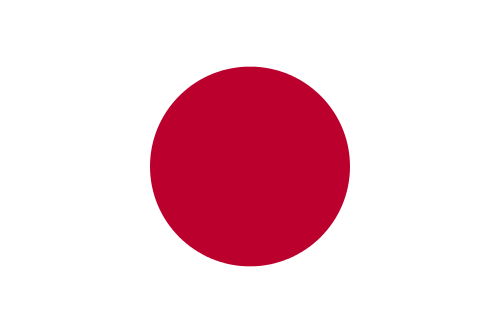 JA
JA
 PT
PT
 RU
RU
 AR
AR
